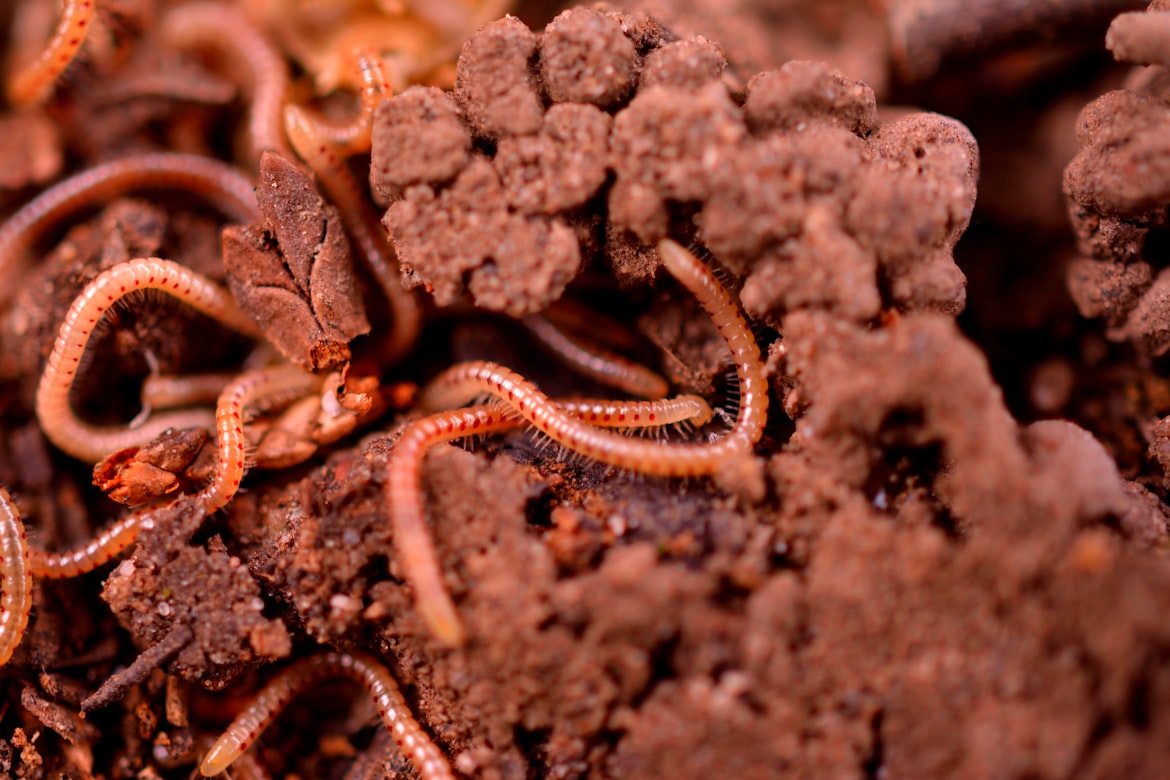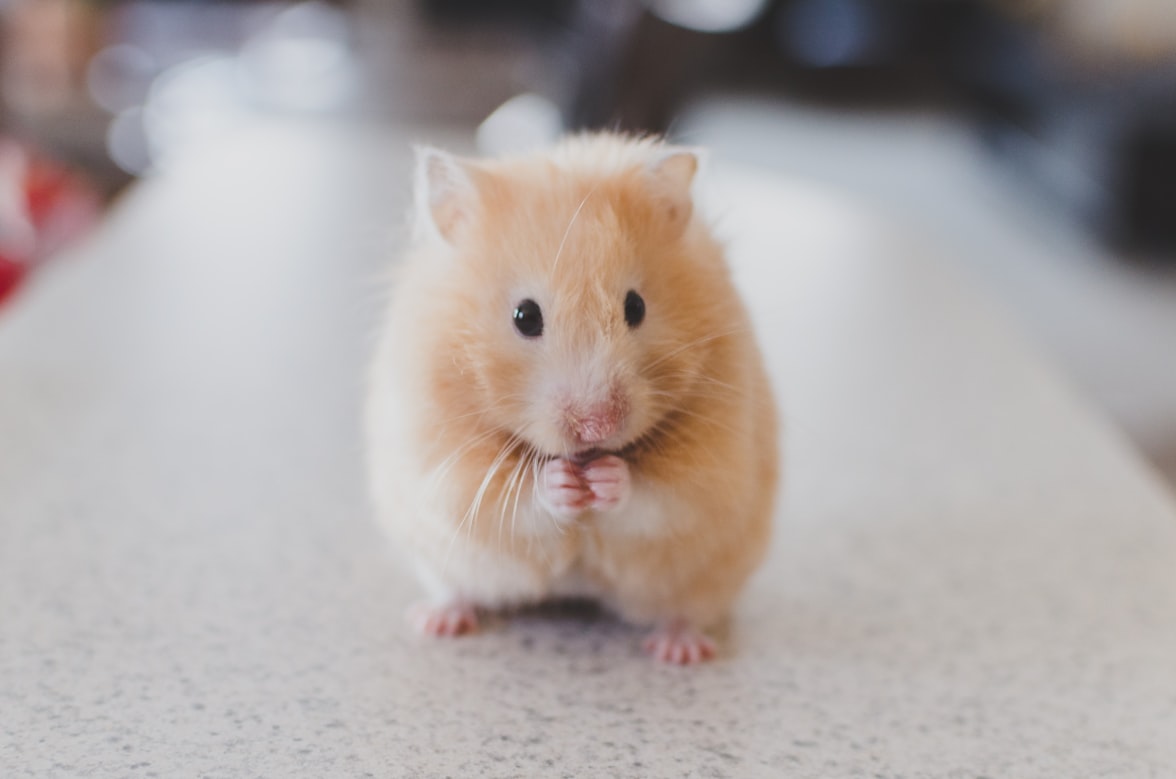As an Amazon Associate I earn from qualifying purchases.
What Do Baby Frogs Eat?
Frogs are one of the most common pets among new reptile enthusiasts. It’s also typical to see wild frogs in a backyard and desire to offer them food.
However, there are a few exceptions. Frogs may only consume bugs; nevertheless, this does not imply that you can give them anything that crawls around your yard! Pets and wild animals require distinct dietary requirements.
It’s vital to learn about their diet before offering them food. The majority of the population makes feeding errors, such as providing bugs that they catch in the garden. Others feed prey that is too large, underfeed, or offer live prey.
Keep reading for an in-depth explanation of what and how to feed a frog so you don’t make the same mistakes.
What Do Baby Frogs Eat?

Frogs feed on native invertebrates that belong to the region in which they live. Worms, flies, crickets, grasshoppers, springtails, spiders, moths, and other insects all serve as nutritious meals for frogs. Large frogs may also consume small fish, lizards, mice, snakes
Baby Frogs in The Wild
The majority of frogs are meat-eaters. They consume insects that abound in their region of the world. The amount of food a frog can consume is determined by its size.
Frogs range in size from tiny to rather huge, and they consume insects, small animals, and even birds. Bullfrogs, for example, have been documented consuming mice, tarantulas, snakes, other frogs, and even avians.
In the wild, frogs do not prey upon dead animals or insects. It’s tough to tell with wild frogs, but keeping them as pets confirms it. While live crickets and mealworms are quickly consumed, the deceased ones go untasted.
What Do Pet Baby Frogs Eat?
In the wild, a frog’s diet is much more varied. The primary reason for the change is that we just can’t obtain as many insects as we could in the wild. We’re mostly restricted to what we find at local pet shops and what we can cultivate on our own.
Food for frogs that are captives or treated like pets is often found on feeders such as crickets, mealworms, fruit flies, dubia roaches, and wax worms. Feeder fish and brine shrimps are eaten by aquatic frogs. Adult mice can be consumed by big terrestrial frogs.
Here is a list of the most frequent food items that frogs consume in captivity.

- Crickets: The majority of frogs in captivity obtain their food from crickets. They aren’t the highest quality, but they’re easy to come by and can be raised on your own.

- Fruit Flies: Fruit Flies are tiny, and it’s quite simple to nurture them at home. It’s worth noting that the majority of fruit fries found in pet stores do not have wings or fly. These are mostly utilized by poison dart frogs and other small amphibians because they don’t have wings or fly.

- Waxworms & Mealworms: Mealworms and waxworms are a good source of protein for frogs and toads. However, many tree frogs avoid them. Terrestrial toads enjoy them, but it all depends on the type of frog you’re feeding them to.

- Dubia Roaches: Dubia roaches are a type of cricket that’s been growing in popularity because they’re simple to breed and manage at home, and they’re also higher in protein than crickets.

- Feeder Fish & Brine Shrimp: Smaller freshwater frogs, such as African clawed frogs, are fed with brine shrimp and feeder fish.

- Mice: Pinkies are frequently eaten by little frogs. Pinkies are tiny, newborn mice. They may be found alive or frozen in pet shops, however, it might be tough to persuade frogs to consume the dead/frozen ones. That’s a list of things you can find in most pet stores. Another option is to check for earthworms in the fishing section of certain big box stores.
Minerals, vitamins, and calcium are all found in the wide range of insects that frogs consume in the wild. Their diet in captivity is restricted to a few items as previously stated.
Most feeder insects sold in pet shops are deficient in nutrients. Consider crickets, for example. They’re simple to breed and grow on low-quality food, but they don’t provide your pet frogs with the nutrients they require.
Because crickets aren’t very nutritious, you must correct this deficiency to ensure that your frogs are healthy. Gut loading your crickets is one approach to do so.
Gut loading is when you feed nutrient-dense foods to your feeding insects for 48 hours before feeding them to your frogs. You’ll want to offer your feeder fruits, insects, and vegetables like sweet potatoes, oranges, carrots, apples, and other such goodies during this time.
Gut-loaded crickets contain vitamins and minerals that your frogs will need. When they eat the gut-loaded crickets, these nutrients are passed on to them. By dusting their food with supplements, you can also aid in the absorption of all of the Vitamins and minerals needed by your frogs.
Minerals and vitamins aid in the maintenance of reptile and amphibian health. Calcium is another important one. Their bones benefit from calcium. Both are essential for keeping your pet frog happy and healthy.
How To Feed Baby Frogs?
Some frog species are extremely active and need to be fed live food items continuously. Others, on the other hand, are more settled and only require feeding once or twice a week, if at all.
Obesity is a major problem among frogs, just as it is in people. They will continue to eat until they run out of food, which might cause them to become severely ill. In moderation, provide mice and other calorie-dense foods such as beef jerky.
Feeding your froglets, those under 16 weeks old, once a day is a good rule of thumb.
What Are The Natural Predators of Baby Frogs?
Snakes & Birds
Frogs and tadpoles are both eaten by a variety of birds and reptiles. Many different avian species known to reside in or around freshwater biomes may consume smaller frogs and tadpoles. Only the larger birds, such as herons, can protect bullfrogs from other than themselves.
Frogs are preyed on by various species of birds, including swans, ducks, geese, crows, wading birds, gulls, ravens, and hawks. Water moccasins, garter snakes, and other swimming snakes are also potential frog predators.
Water Creatures
Many frogs live near or spend a lot of their time in the water, or on plants within or adjacent to water. Although this protects them from some land-based predators, it puts them at risk from those that swim. Fish are a hazard to frog populations, as are several other types of aquatic turtles.
Other frogs must also be avoided since some carnivorous frogs will consume just about anything they can swallow.
Other Predators
Frogs can be eaten by a variety of animals that are too tiny to consume most adult frogs, including dragonfly larvae, leeches, dragonflies, diving beetles, newts, and other large water bugs. Frog eggs are preyed on by leeches and other predators such as dragonflies.
The majority of frogs eat tadpoles, especially the smaller ones. Frogs and egg-laying species are also preyed upon by many of the bigger animals that hunt adult frogs, albeit not always for reasons worth pursuing.
How To Protect Baby Frogs From Predators?
If you have enough of a backyard to make even the tiniest garden pond, it may be a place for frog and toad spawning. It’s also an enjoyable daily routine to go check on your garden spawn development. Once the tiny tadpole hatches, it takes around 14 weeks for it to become a frog, but somewhat longer for toad tadpoles.
Building The Habitat
Some toads and frogs dwell in arid regions where water is scarce and do not do well in water. Others need considerably more water. Before you buy a frog, make sure you know how big it’ll get on its own. The majority of species thrive in 20-gallon aquariums. It’s also a good idea to get a secure-fitting lid. Baby frogs are clever escapists.
Add The Base
The fire-bellied toad, for example, is most content when housed in an enclosure that is half dry land and half water. Cut out a piece of plexiglass that aligns with the overall width of the tank. At the same time, the height should match the length of a fully grown frog, irrespective of the species you have or are planning to keep. Add an extra inch to it at the end of the measurement.
Remove all of the old sealants from the top edge. Your frogs will climb out of the water onto land with this plexiglass in place. Place aquarium sealant in the middle bottom of the tank to keep this plexiglass in place.
You should now have two similar sides with a plexiglass panel in-between them. Just enough aquarium gravel should be used to cover the glass on both sides, then one side of the tank is built up with another type of substrates such as sand or potting soil until it reaches the plexiglass.
Add The Water
Fill the empty container with distilled water to complete the other side of the enclosure. If your frog came from a warm or tropical climate, you’ll need a water heater. It’s critical to keep the temperature correct for baby frogs. Keep the water clean by using a low-power aquarium filter.
If you’re creating a dry environment for arid-habitat species, make sure the frog has enough space to submerge itself in a water dish.
Add Plants For The Habitat (Real or Artificial)
Frogs require hiding places. When frogs are exhausted or afraid, they may conceal themselves in a hollowed-out half-log on the dry side of their tank. The enclosure also benefits from adding real or fake vegetation to simulate frogs’ natural habitat. These hides and plants also keep water, which is fantastic for species that require it. To offer your frog another means of access to land, use a stick or long piece of bark leaning against the plexiglass.
Are Baby Frogs Healthy To Eat?
Frog legs are a preferred dish in China and France. It’s also popular in other parts of the world. In Mexico, the Caribbean, and Brazil, frogs are still captured in the wild. Frog legs are high in omega-3 fatty acids, protein, potassium, and Vitamin A. The taste is typically described as chicken-like because of its mild flavor and the texture is comparable to that of chicken wings. Frog meat has a fishy flavor, but it’s in the middle ground when compared to fish and chicken. Frog farming is common in several countries including Vietnam.
Even though frogs’ legs have been a prominent and often discussed component of the national diet for nearly 1,000 years, but they are now threatened by pollution, pesticides, and other human-made problems. Ponds have been destroyed, and they’ve been turned into farms and cattle troughs. Diseases have taken a toll, as has the lack of insects that frogs eat.
Amazon and the Amazon logo are trademarks of Amazon.com, Inc, or its affiliates.

